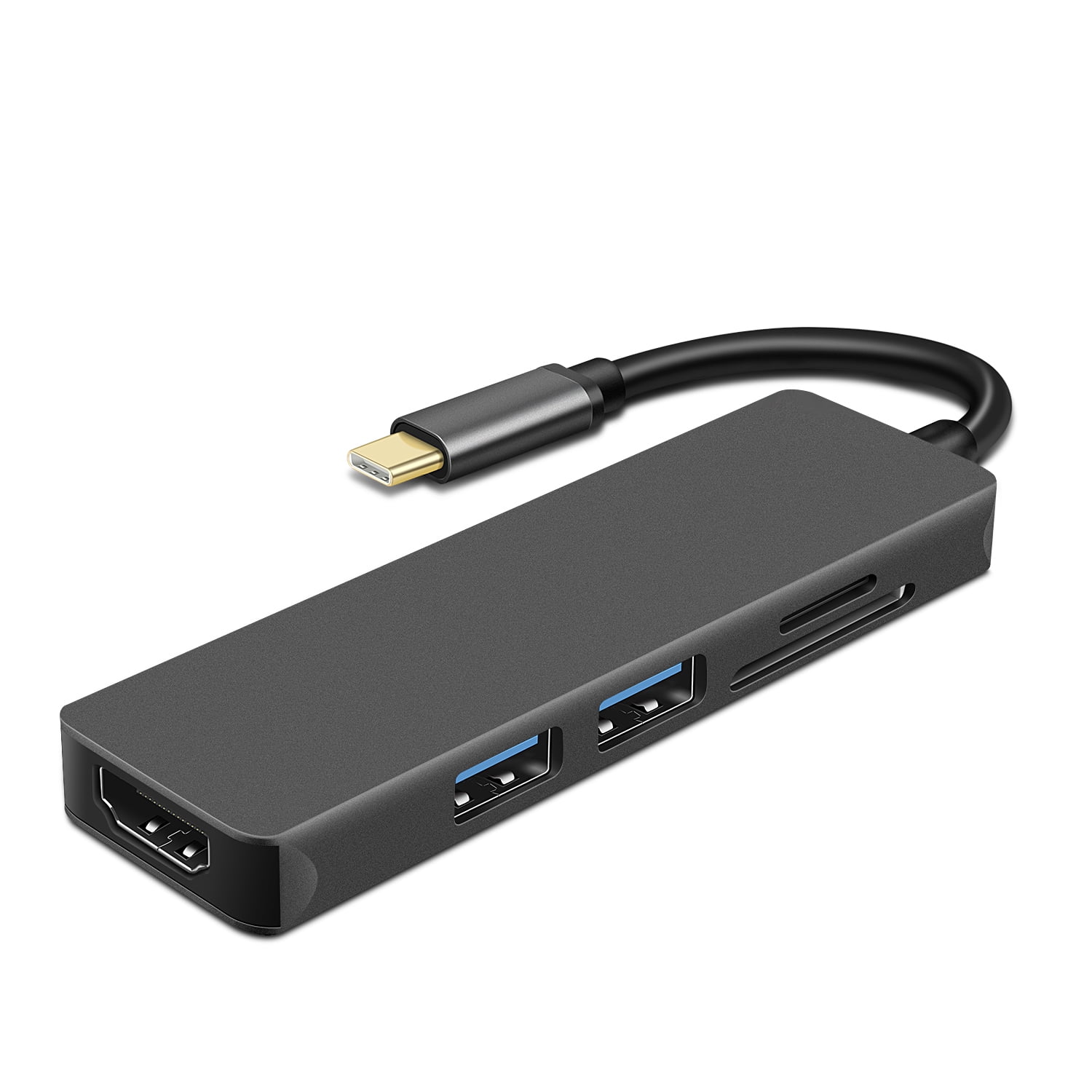

The USB PD specification is also closely intertwined with USB Type-C. The mess of USB, HDMI, DisplayPort, VGA, and power ports on typical laptops can be streamlined into a single type of port. Apple’s USB-C Digital Multiport Adapter is a good example of this, offering an adapter that allows you to connect an HDMI, VGA, larger USB Type-A connectors, and smaller USB Type-C connector via a single port. USB Type-C ports can also support a variety of different protocols using “alternate modes,” which allows you to have adapters that can output HDMI, VGA, DisplayPort, or other types of connections from that single USB port. And you’ll have no more massive ports taking up an unnecessary amount of room on ever-thinner devices. It’s a single USB connector shape that all devices should adopt, so you won’t have to keep loads of different USB cables with different connector shapes for your various devices. It’s reversible, so you’ll no longer have to flip the connector around a minimum of three times looking for the correct orientation. The cable itself has USB Type-C connectors at both ends-it’s all one connector. That one tiny connector is small enough to fit into a super-thin mobile device, but also powerful enough to connect all the peripherals you want to your laptop. You’ll just need a single cable, whether you’re connecting an external hard drive to your laptop or charging your smartphone from a USB charger. This is a single connector standard that every device should be able to use. It’s about a third the size of an old USB Type-A plug. This awkward collection of differently-shaped connectors for different-size devices is finally coming to a close. USB Type-C offers a new connector standard that’s very small. This gave rise to lots of other USB connector shapes like the “micro” and “mini” connectors.

It’s as massive as ever, and it only plugs in one way (which is obviously never the way you try to plug it in the first time). But as devices became smaller and thinner, those massive USB ports just didn’t fit. Even as we’ve moved from USB 1 to USB 2 and on to modern USB 3 devices, that connector has stayed the same. The standard USB connector you’re most familiar with is USB Type-A. USB-C is closely intertwined with other new standards, as well-like USB 3.1 for faster speeds and USB Power Delivery for improved power-delivery over USB connections. Testing is even in the works to deliver a new USB audio standard using USB-C as a potential replacement for the 3.5mm audio jack. It’s now shaping up to be a real replacement for not only older USB standards, but also other standards like Thunderbolt and DisplayPort. Though the specifications for USB-C were first published in 2014, it’s really just in the last year that the technology has caught on. While connectors are not backwards compatible, the standards are, so adapters can be used with older devices.

They also offer up to double the transfer speed of USB 3 at 10 Gbps. USB-C cables can carry significantly more power, so they can be used to charge larger devices like laptops. USB-C features a new, smaller connector shape that’s reversible so it’s easier to plug in. Right now, it’s included in devices like the newest laptops, phones, and tablets and-given time-it’ll spread to pretty much everything that currently uses the older, larger USB connector. USB-C is the emerging standard for charging and transferring data.


 0 kommentar(er)
0 kommentar(er)
